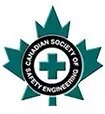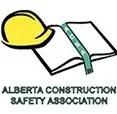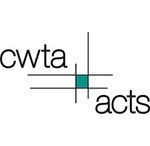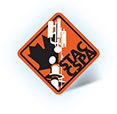Posted: Mar 14 '18
Alberta Legislation Regarding Guardrails & Handrail Installation
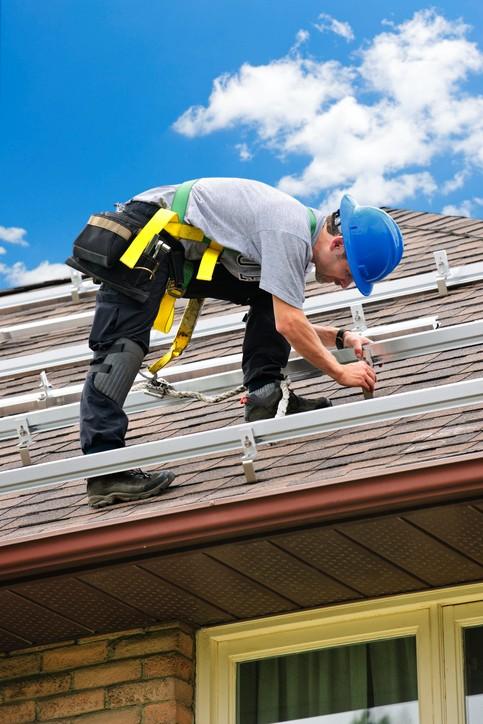
A crucial component in workplace safety is proper guardrail/handrail installation to prevent worker injury. Here's an outline of Alberta regulations on guardrail characteristics and specs--including descriptions of safety situations where guardrail/handrail installation is required--as described in the Alberta Occupational Health and Safety Code 2009.
Guardrail/Handrail Installation as Part of Your Fall Protection Systems
Handrails and guardrails are considered “fall protection systems” and are part of the required workplace safeguards in the H&S Code. (Other fall protectors include: nets and personal fall arrest systems, like harnesses.) Common places/situations where fall protection handrails are needed include temporary or permanent stairways, walkways, runways, ramps, and ladders. You must have an effective fall protection system in any location where a worker could fall more than 3 metres. (Per section 137).
Note: An exception is made for ladder use when personal fall arrest systems are not "reasonably practicable", according to Section 137. However, in these cases the worker must: perform only light-duty work, keep 3-point contact with the ladder, and keep their center of gravity—naval or bellybutton--between ladder rails always.
What Alberta Businesses Must Know about Guardrail/Handrail Installation Rules
An outline of important details on guardrail/handrail installation rules on your Alberta worksite:
- A stairwell or stairway consisting of 5+ steps requires a hand railing. On any open side, install guardrails (with an intermediate railing that fills the open space under the handrail with, for instance, plywood or metal). (Per sub-section 122.2.)
- Floor openings for ladders (ladderways) should have a guardrail and toeboard all around, except at the entrance/opening; where an auto-closing gate is needed. (Per subsections 130.4 and 321.5.)
- Openings the size where a worker's foot could fall through (or larger), must have a load-bearing, secured cover and be surrounded by guardrail and toeboards.
Guardrail/Handrail Installation Specs
- Wire rope used for top and/or middle must be 6 mm thick, pulled tight without sag, and flagged every 6 ft (1.8 metres) for visibility.
- Wire mesh or solid plywood may be used for the middle section under the top wire rope.
- Vertical poles should connect/secure top rope, middle sections and toe board for secure fall prevention. (Per subsection 22.15.)
- Strength requirement: Guardrails may bend, but must essentially hold up under 200 lbs downward/outward pressure applied near the top
- Toe boards are required around machinery pits with a max. gap height of 6 mm to the working/walking surface as part of your guardrail/handrail installation. (Per Section 321).
Get Answers on Alberta Workplace Safety and Guardrail Guidelines
If you have questions about Alberta guardrail/handrail installation, please refer to the actual language in the legislation sections--or contact us to ask our expert H&S consultants for assistance.
REQUEST INFO ON OUR COURSES

